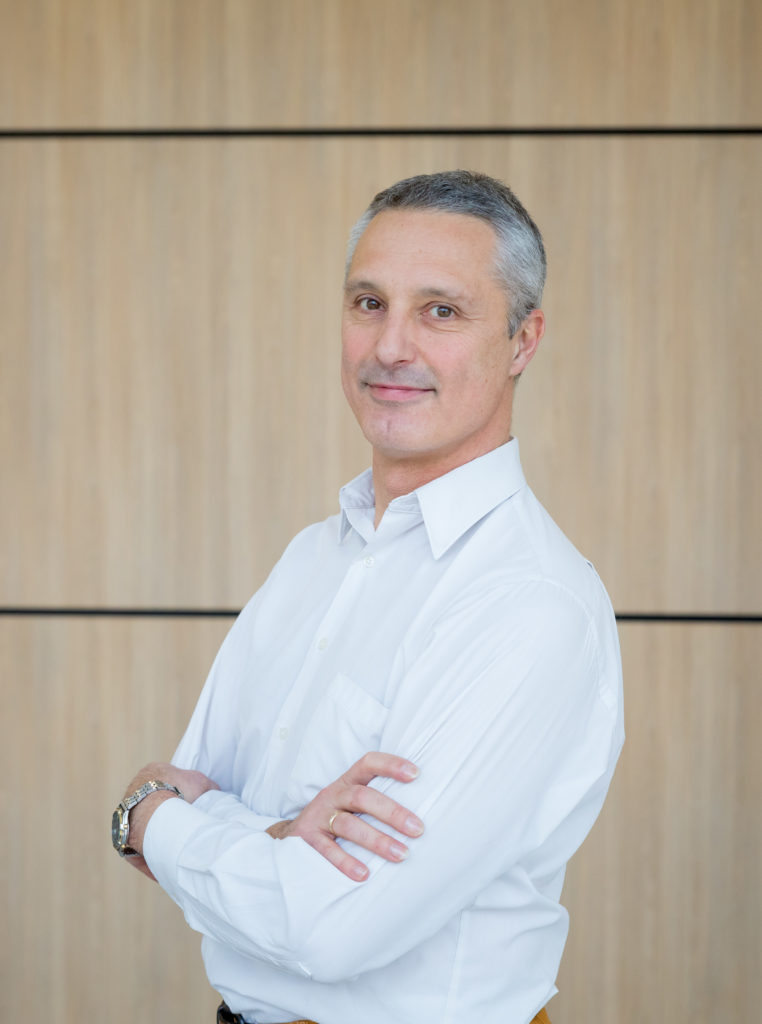
(From the Director’s Foreword ot “Scientific & Technical Highlights, ed. 2020)
From the start of confinement, while usual social activities were abruptly reduced and our offices, shops, factories, movie theaters and streets were
emptied, the digital world took over and helped us to keep in touch with our loved ones, friends, partners and coworkers.
Digital technologies enabled many businesses and economic actors to continue their operations during this period of quarantine. These solutions
helped maintain the ties that are the very fabric of our societies. The media hardly noticed it but many activities carried on thanks to digital technology:
virtual classes in education, TV programs, health instructions and solidarity on radio channels, remote banking and contactless payments and, last but not least, the now famous teleconferences from our home offices are just examples of the “digital experiences” that each of us lived in the recent weeks.
The coming world will bring accelerated changes, most of which are based on digital tools. Connectivity and image technologies have proven particularly essential in this context. Their use, at a scale never seen before, also underlines the need for continuous innovation in the field, towards more efficient components and software with more advanced functionalities, endowed with artificial intelligence and deep learning functions.
Today, a few months after the outbreak of an unprecedented health and economic crisis, the electronics industry intends to meet the challenges
of recovery and economic sovereignty. Provided that the infrastructures on which they are based evolve, semiconductor technologies could be a solid pillar of the revival of the economy.
These considerations inspired us to choose a leaf of Gingko Biloba for the cover of this activity report. It is a perfect symbol of resilience. At Nanoelec, we are convinced that innovation in electronics, carried out in a multidisciplinary and multi-partner framework, is one of the drivers of this resilience.
Our mission is to implement new ideas. Upgrading our programs to an increasingly competitive and multi-application environment will require open innovation initiatives. This seems particularly urgent and essential in fast changing fields such as imaging technology which connects the physical and digital worlds. It is also critical in the field of energy conversion, so important for the electrification of transportation systems, or in the domain of secure components and embedded systems necessary for resilient and sovereign infrastructures.
We are a consortium at the interface between academic research, education and industry & services, supported by the French Government 1. Above all, our impact and our results come from the excellence of the teams engaged by all of our partners, relying on a set of technological means that make
Grenoble a unique ecosystem in our fields.
Browsing the last 18 months over the pages of this report, you will see that Nanoelec is continuously evolving to keep up with the evolutions of the microelectronics sector. As an example, our 3D and photonics programs, initially positioned on disruptive solutions for computation are now also
adressing the field of sensors. Similarly, our Pulse program continues its transition to cybersecurity, placing us at the heart of the challenges of sovereignty and digital trust.
We have also confirmed our ability to contribute to the vitality of the microelectronics in France and Europe by involving more and more innovative SMEs and mid-caps. The entry into the consortium of Akeoplus, Prophesee, Aledia and Lynred illustrates this as much as the numerous projects carried out within the framework of Easytech, the program also funded by the French region AURA and local institutions.
A little less than a year after taking office to pursue the task of my predecessor Michel Wolny, I am pleased to introduce this reflection of a very intense activity. The excellence of the results, as well as the extent and diversity of the subjects dealt with in this report, are a witness of the quality of the work carried out over the past eight years and I would therefore like to thank Michel and his team who accompanied me during these first months.





